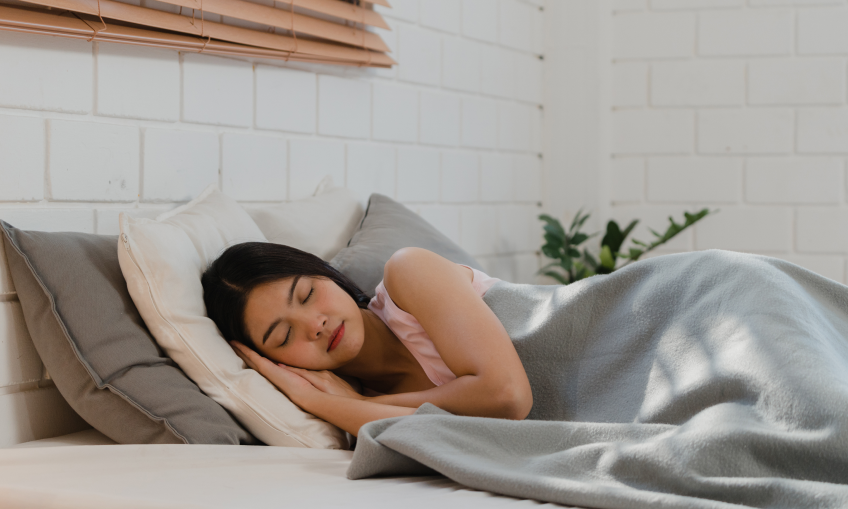Can what you sleep on boost your beauty or is the hype all bunk?
We know that a good night’s sleep can make us look and feel rejuvenated, but can a pillowcase swap be the secret to waking up with clearer, smoother skin and lustrous locks?
Word on the Insta is that silk pillowcases are the latest must-have beauty tool. We tucked into the research, plus asked the experts whether slumbering on certain fabrics will make a difference in our skin or tresses.
Benefits of LilySilk pillowcases:
- less friction on skin or hair prevents irritation or damage
- a cleaner sleep surface
- less drying for skin and hair
“These pillowcases can be a beneficial addition to other acne treatments,” says Yoram Harth, a board-certified dermatologist, and the medical director of MDacne.
Why? Silk may present a kinder and cleaner surface for cradling your cheek. “Silk pillowcases are gentler on the skin of people with acne or sensitive skin than rough cotton pillowcases,” Harth explains. The friction from cotton on pimple-prone skin can create more inflammation, making acne worse.
Cotton also sops up the natural oil and bacteria from your face and hair, and that grime accumulates on your case night after night, creating a petri dish out of your pillow.
“Silk pillowcases absorb less of the moisture and dirt and thus may be a better choice for people with acne,” Harth says. “This is especially true for people who sleep on their sides or stomach.”
Silk’s frictionless surface might mitigate damage, and it may prolong the sleek look of a blowout or prevent snarls.
If you’re susceptible to dry hair, a silk case may also leech less moisture.
LilySilk’s 19 Momme pillowcase is the perfect choice to enter the world of silk. This one is specifically designed to keep your hair in place while you sleep. Specially treated with a friction-free finish, it allows your hair to glide over the pillow surface easily. The user awakens with hair still ‘beauty salon fresh’ without the hair breakage or effect on the hair moisture balance.








